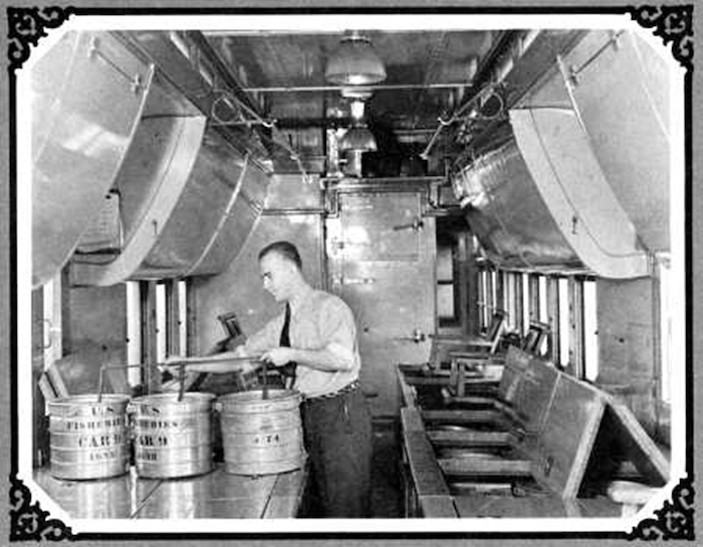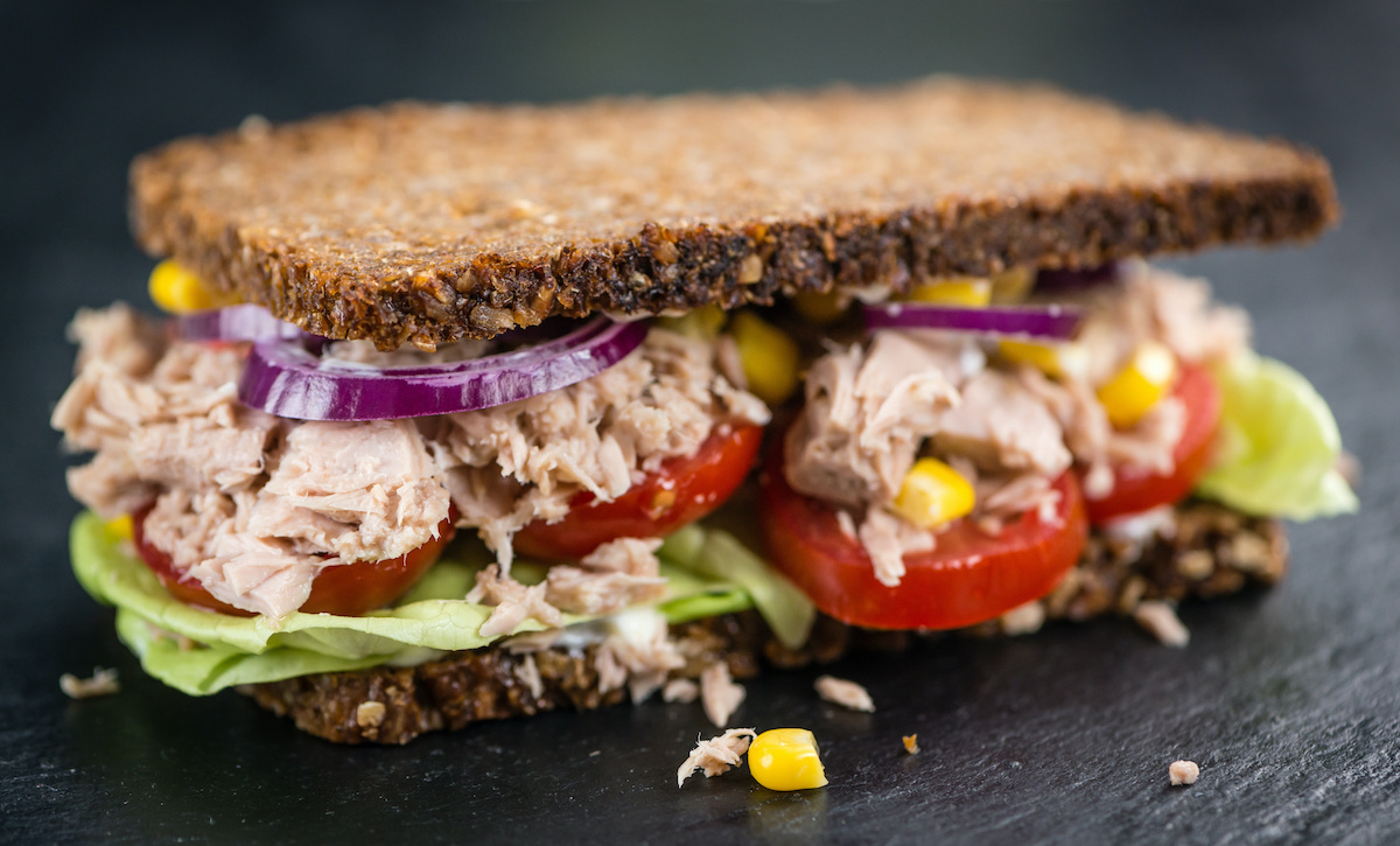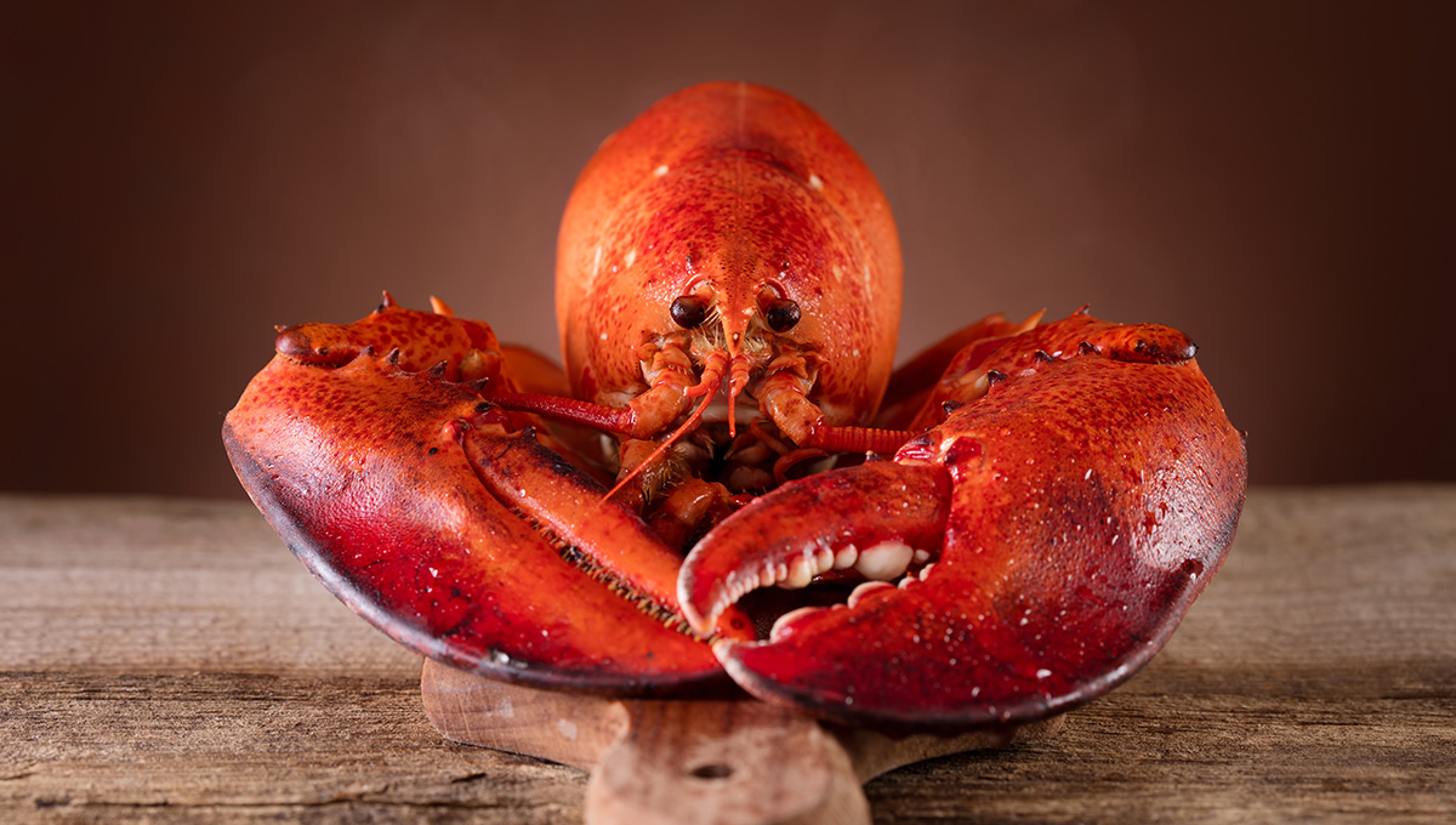Fish Cars - The Forgotten History of Fish by Rail
Beginning in the 1870s, enterprising federal wildlife officials shipped live fish all over the country...by rail.
May 18, 2022
Nowadays, modern tank trucks haul millions of baby fish, known as fry, from 70 federal hatcheries to rivers, lakes, and coastal waters. Usually, the little swimmers arrive alive and healthy. But a century ago, in an improbable feat of American ingenuity, these live fish traveled by rail. In what history buffs call the "Fish Car Era," the country's new railroads allowed us to preserve and widely disperse our fish species.
That era also provides a peek into a wilder, woolier time in American history. The Fish Car enterprise was...a little crazy.
The Feds Find a Problem
In the late 1860s, it was clear that fishers were wiping out salmon and American shad on the East Coast. The feds had to do something. Congress, with what in retrospect seems a strange confidence, charged the new Commission of Fish and Fisheries with the task of “supplementing declining native stocks of coastal and lake food fish through fish propagation."
How did they know this was possible or what unfamiliar fish would do to an unfamiliar environment? They didn't.
In the optimistic spirit of a young nation, they took a chance. By the summer of 1872, a man named Livingston Stone had collected and fertilized salmon eggs on the McCloud River in northern California. He shipped them east by rail. A year later, hauling fish west this time, he released thousands of Hudson River shad into the Sacramento River. They became well established. They made the journey packed into open milk cans, with Stone changing the water every two hours.
In this great experiment, he thought, the main technical problems were maintaining the right temperature (add ice), keeping the water free of slime, and pumping it with air. By 1879, Stone had arranged to send striped bass fry in icy water from New Jersey to California, hiring train passengers to aerate the water by hand with pumps. Soon the service began using an aerating device, a cylinder with tiny holes in the bottom that was filled with water and held over the cans, releasing a fine air-enriched spray. To keep the water pure, the fish were starved beforehand so they didn't excrete.
Over time, Americans became more interested in boosting the fish in their local streams and lakes. The Commission began sending fry in baggage cars, accompanied by government employees.
The Fish Car Era Begins
In 1881, the Commission purchased a “fish car," a specifically equipped baggage car. The Baltimore and Ohio Railroad built Fish Car No. 2. It was fitted with special ice compartments so it could carry up to 20,000 pounds of live fish, water, and equipment at passenger-train speeds. As New York Catskill Mountains archivist Timothy Mallery put it, “federally raised fish traveled first class in railroad cars designed for their health and comfort—along with their human attendants."

By 1884, the Commission had three cars in operation. The newest was equipped to carry fish eggs that hatched in transit. In 1886, 600,000 shad eggs journeyed from Maryland to Portland, Oregon, where the newly hatched shad found freedom in the Columbia and Willamette Rivers. Each car featured more advanced technology than the last. Car No. 4 had cedar tanks and its own motorized air pump. The agency, now called the Bureau of Fisheries, soon had six fish cars crisscrossing the country from spring through the fall. A car might carry about 150 10-gallon cans containing some 15,000 three-inch fish. It was accompanied by its captain, attendants, and a cook, all traveling in style.
In the first two decades of the 1900s, more than 72 billion fish, including pike, perch, shad, whitefish, trout, carp, and landlocked salmon, and others, traveled the country courtesy of the railroads. They covered more than two million miles. The cross-region pollination even included oceans. Lobsters and blue crabs born in Massachusetts waters went to San Francisco's Pacific, while Pacific Dungeness crabs traveled east to the Atlantic's Chesapeake Bay.
The Era Ends with a Bang

Built in 1929, the federal Fish Car No. 10 was huge, 81 feet long, with insulated cubbyholes for 325 cans that could carry as many as half a million one-inch fry. To operate its electric aerators, the car had its own generator. Fish would travel to nearly every state, with the cars running day and night
But the end of the Fish Car era was near. When a load of brook and rainbow trout took a successful plane trip from Michigan to Ohio, flight became a new option. In the 1920s, trucks couldn't keep fish alive for more than 60 miles or so, but by 1939, modernized tank trucks could carry fish 300 miles at a quarter of the cost of a rail journey.
So by 1940, only three fish cars remained in action. No.10 was taken off the rails in 1947, and its equipment scattered.
The Cautionary Tale of Carp
Was seeding various American waterways with non-native fish a clever idea?
Not always.
The story of carp is instructive. Native to Asia, carp was prized in Europe. In the 1870s, American fishers were clamoring for carp. U.S. entrepreneurs had launched farms with imported carp, hoping to create an attractive food for the rapidly growing nation.
Responding to public pressure, the national and state fish commissions introduced carp widely. It proved to be a nuisance, tending to drive out native fish populations, especially in the Mississippi and its tributaries. Now it remains an invasive, destructive species. Americans have tried to kill it and failed. According to the National Park Service, the best way to control carp today would be to remember the original goal: “Ironically, the greatest present promise for carp control hearkens back more than a century, when carp was intended to become a great renewable food source."
In other words, please catch and eat.
Fish Car Post-Mortem
Ecologists have also begun considering the dramatic impact of the introduction of another species of fish, the American shad, along the Pacific coastline. It's still unclear whether the shad, native to the Atlantic, is harmless or hurting the indigenous fish such as salmon in western American waters. Science, and public knowledge, evolves. In 1990, Congress established the Aquatic Nuisance Species (ANS) Task Force to address the problem. The fish-car period, then, can be remembered as the beginning of a new era, which continues to the present day, of actively managing natural resources to preserve them for future generations.
The trick? Leaven that management with humility.
Spreading fish willy-nilly across the continent was a mixed blessing. Using high-tech transport specifically to revive native fish populations is a better idea.







